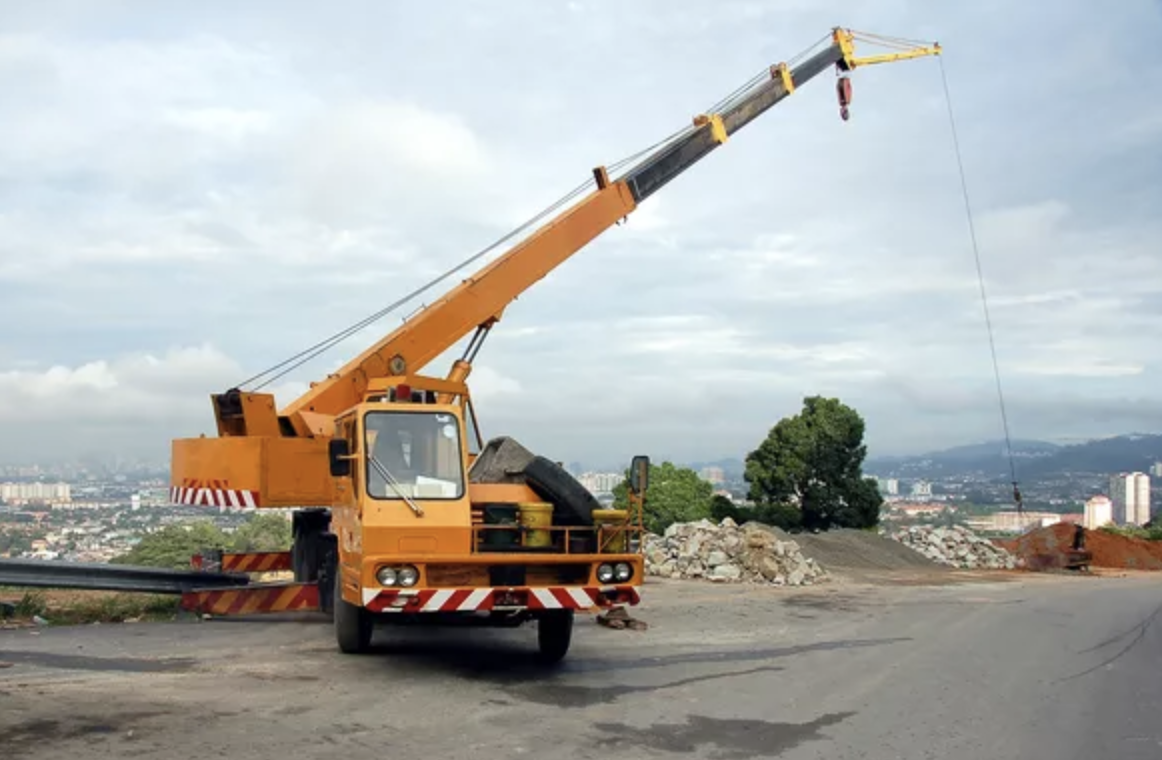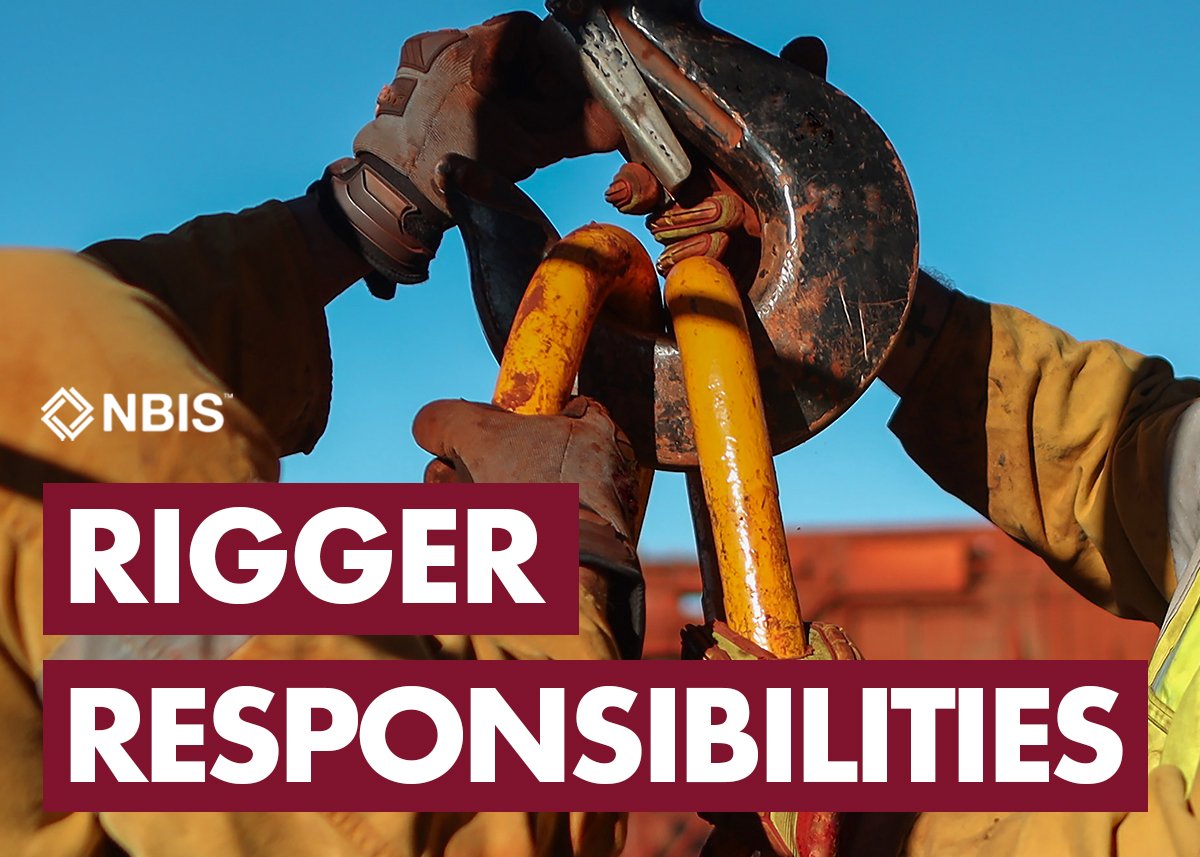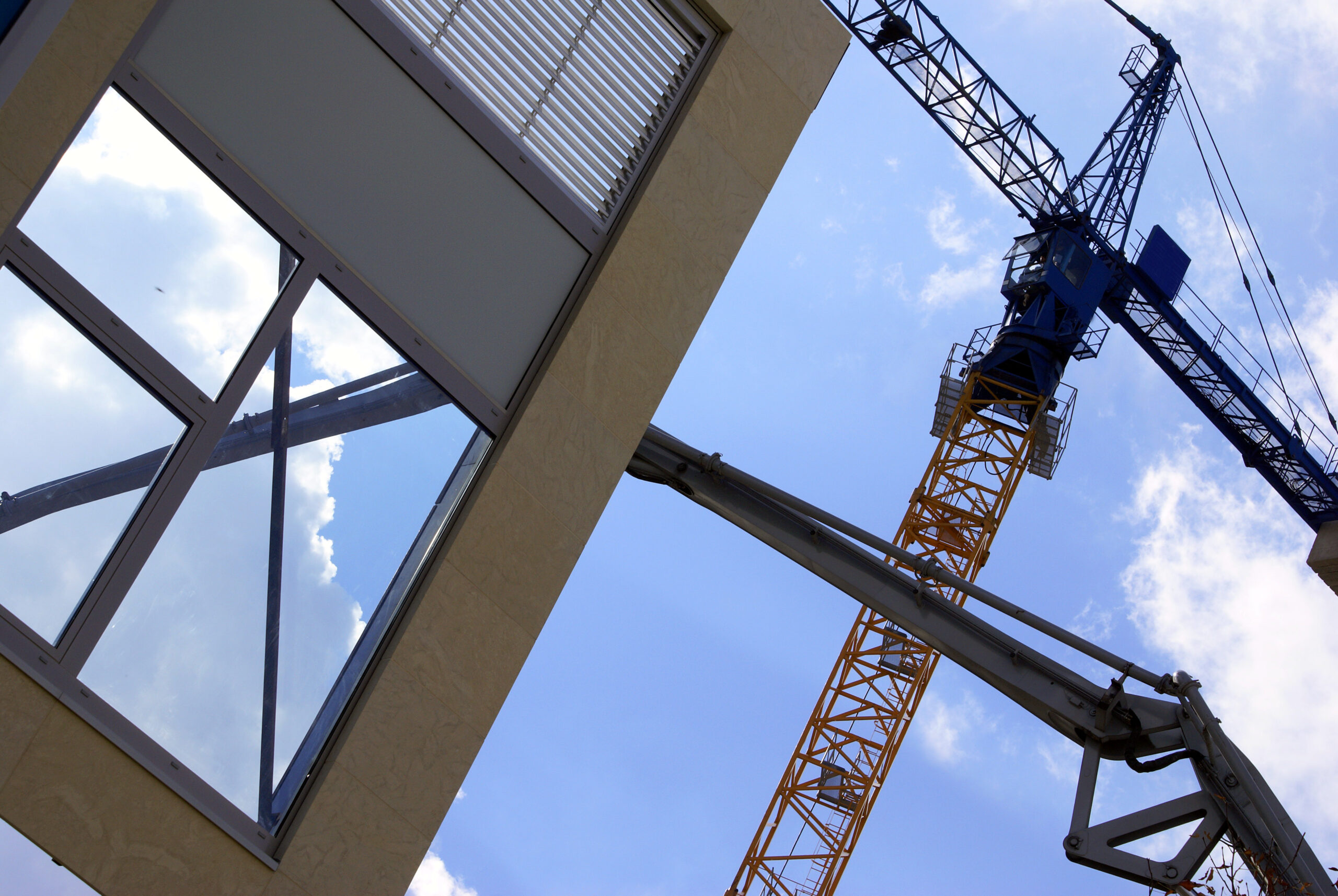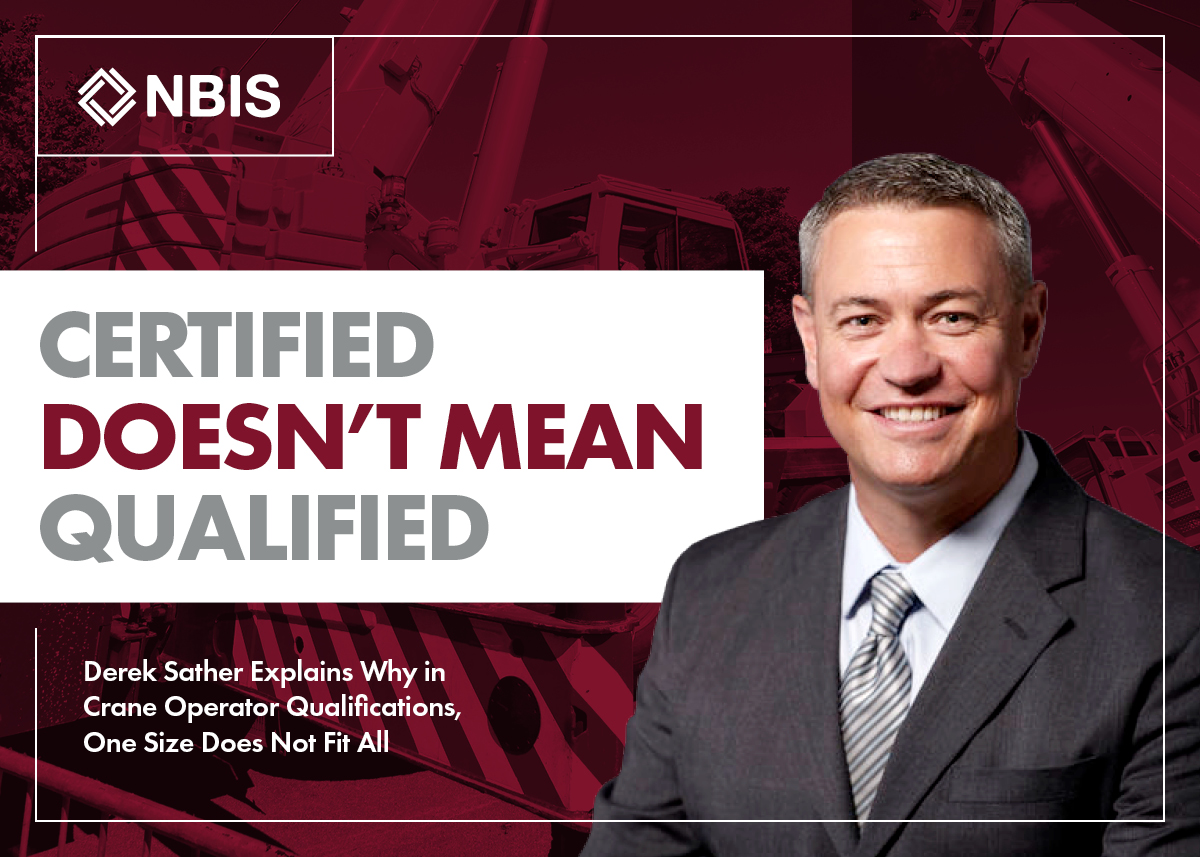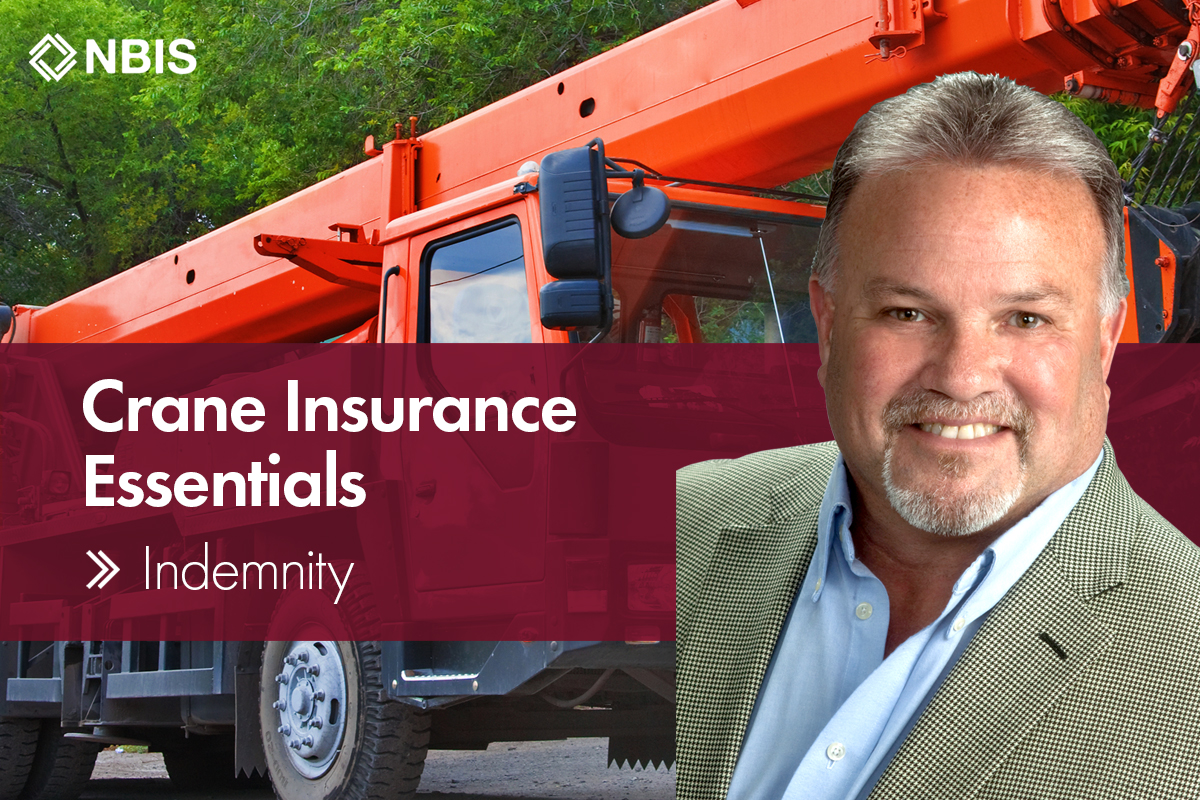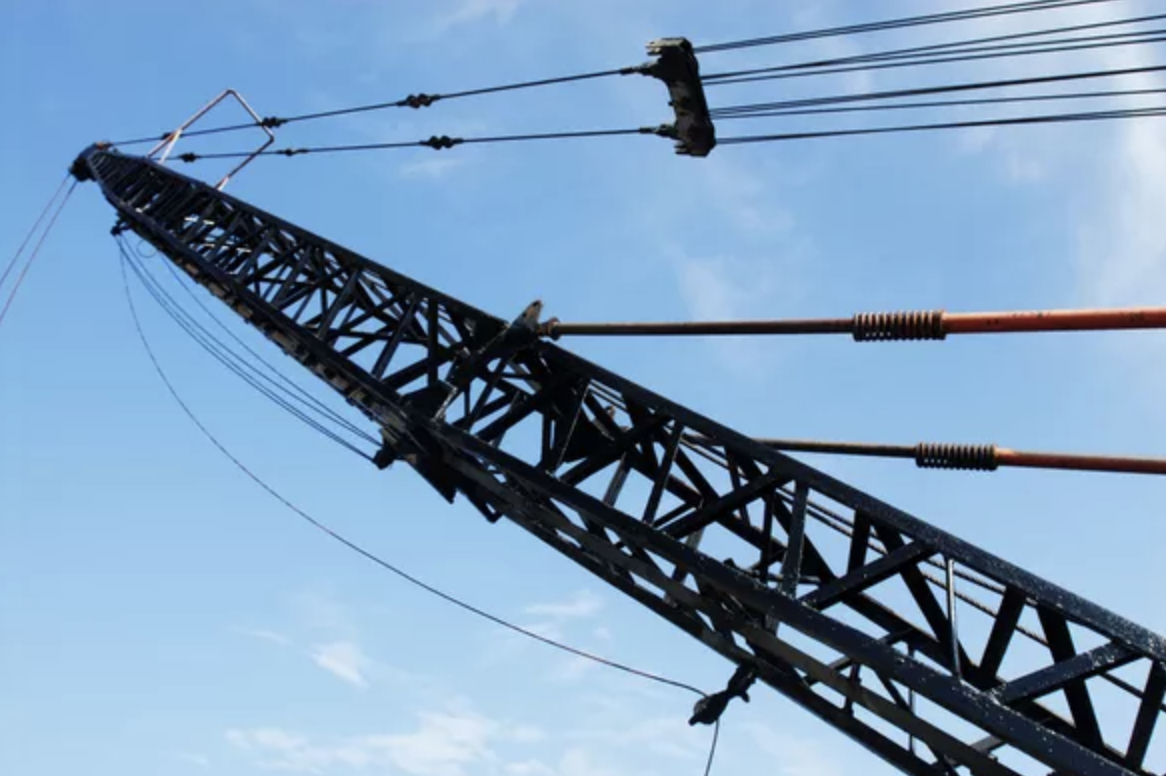Setting up a crane on stable ground is the most critical element in safe crane operations. According to OSHA, “ground conditions” means the ability of the ground to support the equipment (including slope, compaction, and firmness). “Supporting materials” means blocking, mats, cribbing, marsh buggies (in marshes/wetlands), or similar supporting materials or devices.
We’ve put together this post to gather and summarize best practices when it comes to ground stabilization, and best practices are best established by the true experts in the field. In addition to consulting the OSHA and ASME standards, we also consulted thought leadership from DICA USA, the makers of some of the most innovative outrigger pads in the world.
OSHA’s Cranes & Derricks in Construction Standard Number 1926.1402(b) states, “The equipment must not be assembled or used unless ground conditions are firm, drained, and graded to a sufficient extent so that, in conjunction (if necessary) with the use of supporting materials, the equipment manufacturer’s specifications for adequate support and degree of level of the equipment are met. The requirement for the ground to be drained does not apply to marshes/wetlands.”
Following are 10 safety tips to guide you in a successful crane setup, primarily focusing on mobile cranes. We looked to our friends at DICA USA for help with this list, as they wrote extensively on the topic in their 2015 blog post “10 Tips for a Successful Crane Lift,” which appears in its entirety below. You can also read the original post on DICA’s blog.
1. KNOW YOUR RESPONSIBILITIES. In the U.S., OSHA states that cranes must be assembled on ground that is firm, drained and graded sufficiently, in conjunction with supporting materials, such as blocking, cribbing, pads, mats, to provide adequate support and levelness. (OSHA 1926.1402)
ASME states that outrigger blocking or cribbing must have sufficient strength to prevent crushing, bending or shear failure. And it needs to be of such thickness, width and length as to completely support the float, transmit the load to the supporting surface, and prevent shifting, toppling or excessive settlement under the load. (ASME B30.5-2011)
2. KNOW THE BEARING STRENGTH OF THE GROUND AND SOILS. Because this is an extremely complex combination, it’s a good idea to seek the advice of a geotechnical engineer. A low-cost way to determine ground conditions is to use a Dynamic Cone Penetrometer, which is portable and easy-to-use. This information can be compared to ground bearing pressure charts for different soil types.
3. USE THE RIGHT EQUIPMENT. Proper use of blocking, cribbing, outrigger pads, crane pads, crane mats is critical to jobsite safety. Ensure that the blocking and/or cribbing are strong enough to transmit the load to the supporting surface.
4. EVALUATE AND IMPROVE THE GROUND IF NEEDED. Ways to improve the ground include compaction, removing un-compacted surface layers, or bringing in rock or other dense inorganic material. If the ground is wet, allow time to get the moisture out. Identify any subsurface hazards and avoid if possible.
5. KNOW THE MAXIMUM PRESSURE THE CRANE WILL EXERT ON EACH OUTRIGGER DURING THE OPERATION, OR THE MAXIMUM OUTRIGGER REACTION FORCE. Crane manufacturers provide this information for each crane model. Many OEMs offer software solutions that allow you to input the lift data, which then outputs the outrigger reaction forces that will be generated.
6. SELECT THE RIGHT SIZE OUTRIGGER PAD OR CRANE PAD. Use a sizing method that takes into account ground conditions, and actual outrigger loads.
7. CHOOSE CRANE OR OUTRIGGER PADS THAT ARE DESIGNED AND CONSTRUCTED TO MEET OR EXCEED THE BEARING, FLEX AND SHEAR STRENGTH REQUIRED. Their purpose is to distribute the load from the outrigger float over a large enough area that the bearing pressure to the ground surface is acceptable. They must be stiff enough that the crane will not go out of level as the load swings.
8. NEVER PLACE BLOCKING, CRIBBING, PADS OR MATS UNDER THE OUTRIGGER BEAM. Only use them under the outrigger floats or pontoons. Outrigger pads and mats are little use if they aren’t placed correctly.
9. MONITOR EVERY LIFT. If the outrigger pad or crane mat is showing significant deflection or bending, stop the lift. The outrigger force is greater than the pad and ground can support. Additional appropriate blocking or cribbing should be added. If the pad or mat is being driven into the ground, stop the lift. If the pressure under the pad exceeds the ground bearing capacity, a larger pad, blocking or cribbing is needed to spread the load over a larger area.
10. USE COMMON SENSE If it doesn’t look right, stop. If it doesn’t act right, stop. If it doesn’t feel right, stop. You never know the life you save may be your own.
Thanks to DICA for the insight and helping us spread the word on proper crane setups via their extensive expertise.

